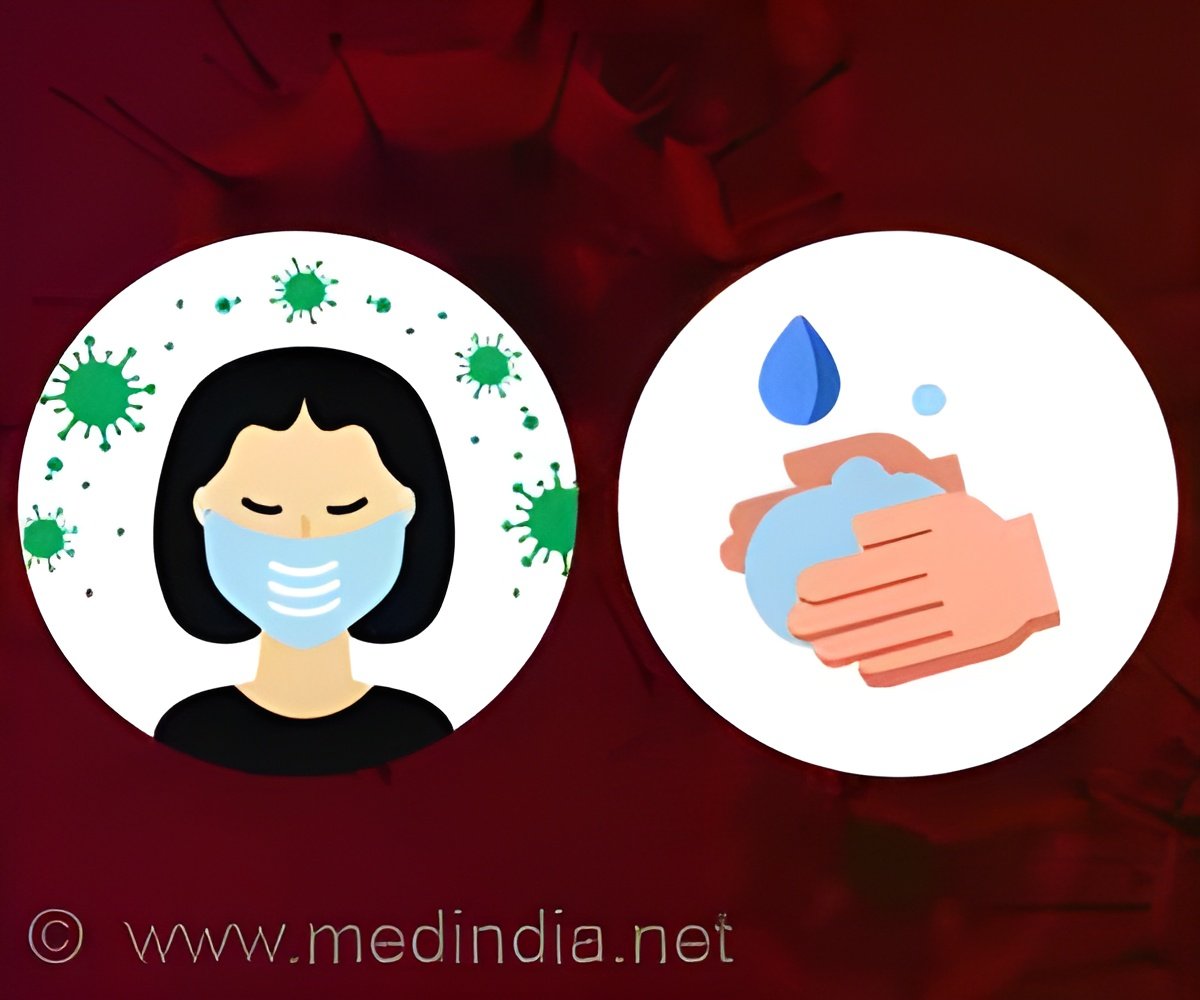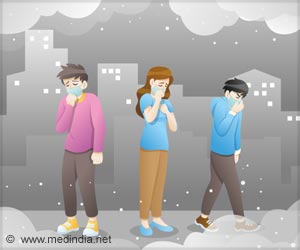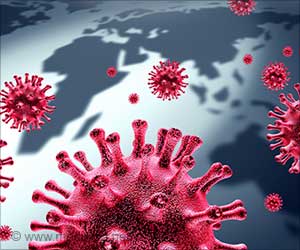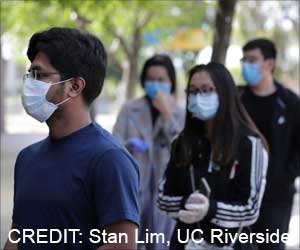Healthcare systems have to simultaneously deal with non-COVID-19 chronic conditions, also known as the people left behind.

‘Coronavirus disease 2019 (COVID-19) has exposed gaps in health care systems. Recognition of the impacts of these gaps offers an opportunity for health care professionals working with political institutions to improve the intersection between health and society.’





These same systems also lack flexibility to adjust to rapid swings in demand such as those imposed by the very acute, complicated COVID-19 patients requiring intensive care for an extended period of time (1-3 weeks). This further compromises the care of chronic disorders such as cardiovascular disease, diabetes, hypertension, and cancers with delays of up to 2-3 months. In some hospital systems around the world, during the acute phase of the pandemic, all elective cardiovascular procedures are put on hold and outpatient clinics for chronic disorders have also been temporarily cancelled. In addition, some emergency rooms report dramatic decreases in general patient visits for strokes, transient ischemic attacks, and acute coronary syndromes. In the United States, early on in the pandemic, federal data documented that non-coronavirus deaths exceeded those attributable to the pandemic by nearly two-fold. Similar trends were observed globally.
Optimal medical systems will need to develop strategies to care for the severely ill, acute care cases but, simultaneously, have approaches to continue treatment for patients with chronic disease. Such strategies will involve early identification of patients, task shifting by nursing para medicals, and pharmacists as well as the foundational use of telemedicine.
Source-Eurekalert









